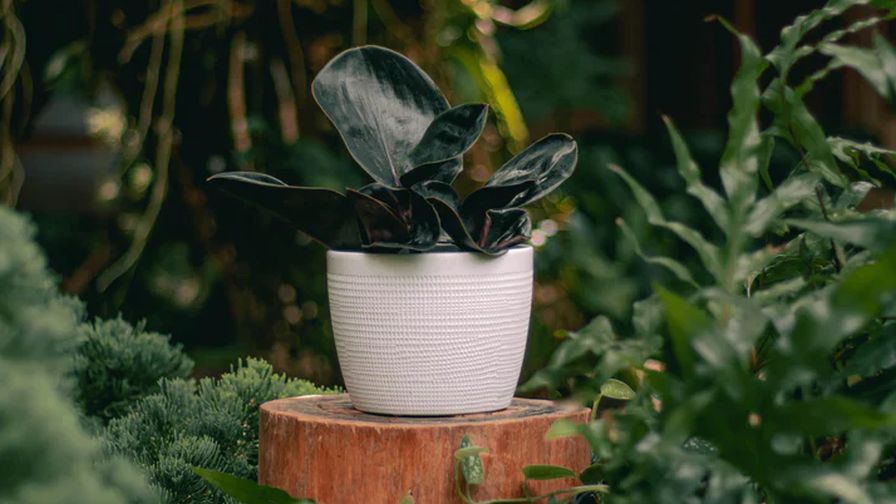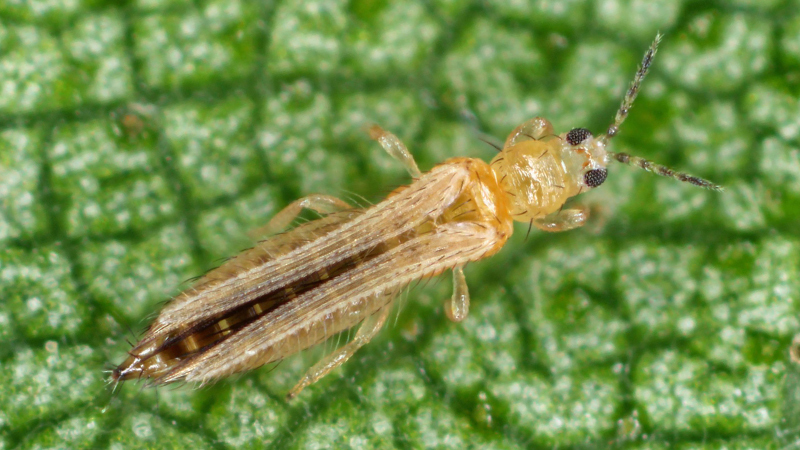Why Light Control Matters in Greenhouse Vegetables
It’s important to have a lighting strategy that optimizes the light your plants receive at every growth stage, no matter the crop or the environment. While in a sole source environment it’s easier to control your lighting conditions, in a greenhouse you need to consider many external factors.
In a recent webinar for master growers presented by Heliospecta, Dr. Roberto Lopez of Michigan State University stated that “in a greenhouse, we have to deal with our glazing material as well as the superstructure and all of the other factors that are going to reduce our light levels by anywhere from 40% to 70%.”
Greenhouse growers have the challenge of effectively supplementing the natural seasonal light while also considering internal barriers to light, to ensure optimal exposure for their crops year round, Lopez said.
Daily Light Integral and Greenhouse Growing
To produce an acceptable quality vegetable or herb, growers need at least a minimum Daily Light Integral (DLI) of 15 moles of light, according to Lopez. In a controlled greenhouse environment, supplemental DLI can have a significant impact on the overall quality and production rates of plants. For example, the number of days to harvest for lettuce can be directly affected by DLI as follows:
Days to Harvest for Lettuce
- 17 mol·m-2·d-1: 35 days to harvest
- 10 mol·m-2·d-1: 60 days to harvest
- 5 mol·m-2·d-1: 119 days to harvest
Supplementing the light in your greenhouse to achieve a minimum DLI of 12 to 13 moles or higher over a photoperiod of 10 to 16 hours is generally recommended for lettuce. While supplemental lighting can improve lettuce quality such as heart firmness, it can also cause damage such as tipburn if you go over 17 moles for an extended period.
To learn more, including how plants typically respond to increased DLI, and how different colors of light can affect plant growth, click here.









